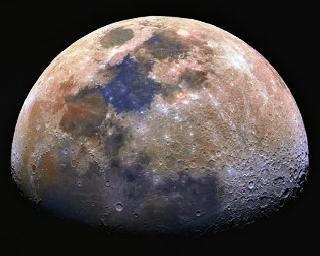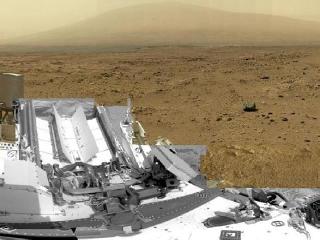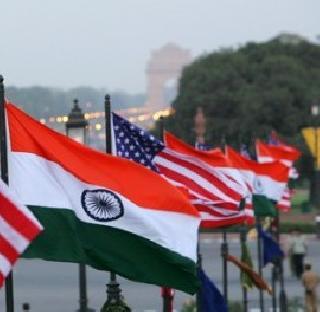
A file photo.
WASHINGTON (PTI): Supermoon - the largest and brightest full Moon of 2013 - lit up the world skies over the weekend as the Earth's natural satellite passed the closest point to our planet.
'Supermoon' is a situation when the Moon is slightly closer to Earth in its orbit than on average, and this effect is most noticeable when it occurs at the same time as a full Moon, NASA said.
So, the Moon may seem bigger although the difference in its distance from Earth is only a few per cent at such times.
It is called a Supermoon because this is a very noticeable alignment that at first glance would seem to have an effect.
The Moon's distance from Earth varies because it follows an elliptical orbit rather than a circular one.
This year the Supermoon is up to 14 per cent larger and 30 per cent brighter than a typical Full Moon is. This is a result of the Moon reaching its perigee - the closest that it gets to the Earth during the course of its orbit, NASA said.
During perigee, the Moon is about 356,992 km away, as compared to the 405,696 km away that it is at its furthest distance from the Earth (apogee).
The effects on Earth from a supermoon are minor, and according to the most detailed studies by terrestrial seismologists and volcanologists, the combination of the Moon being at its closest to Earth in its orbit, and being in its 'full moon' configuration (relative to the Earth and Sun), should not affect the internal energy balance of the Earth.
Scientists have dismissed notions that the phenomenon could cause bizarre behaviour or natural disasters. Its most significant impact is likely to be on the tide.
Experts say the next 'supermoon' is expected to appear in August 2014.
 Previous Article
Previous Article Next Article
Next Article













The Indian Air Force, in its flight trials evaluation report submitted before the Defence Ministry l..
view articleAn insight into the Medium Multi-Role Combat Aircraft competition...
view articleSky enthusiasts can now spot the International Space Station (ISS) commanded by Indian-American astr..
view article